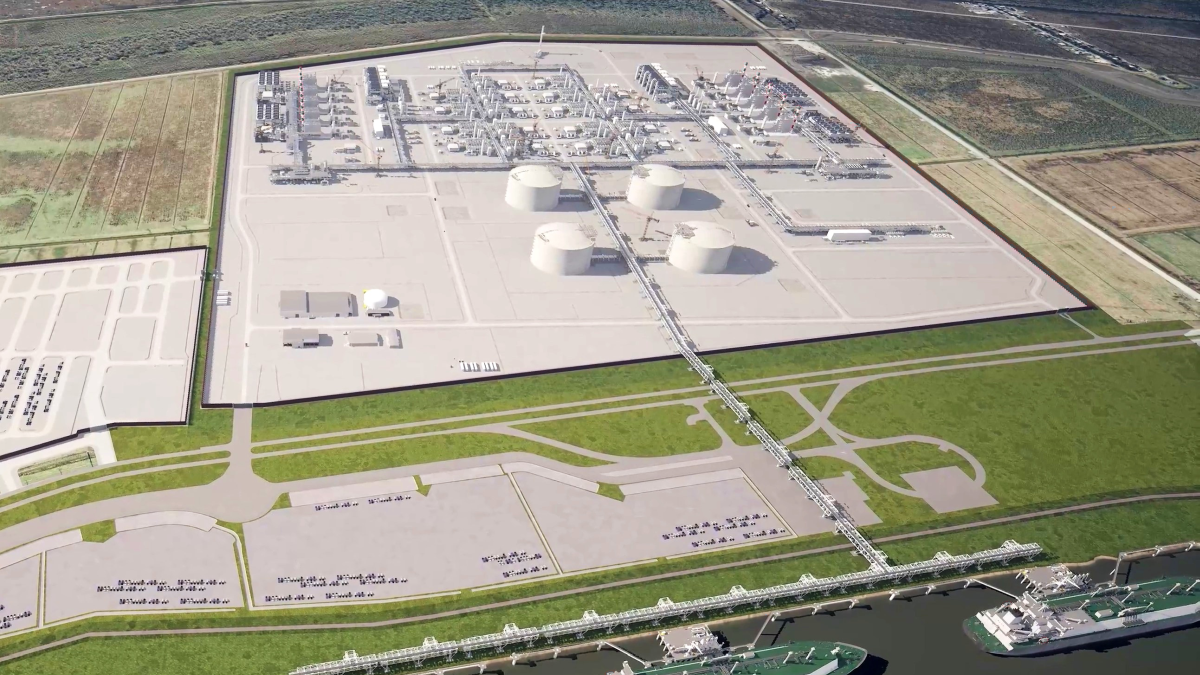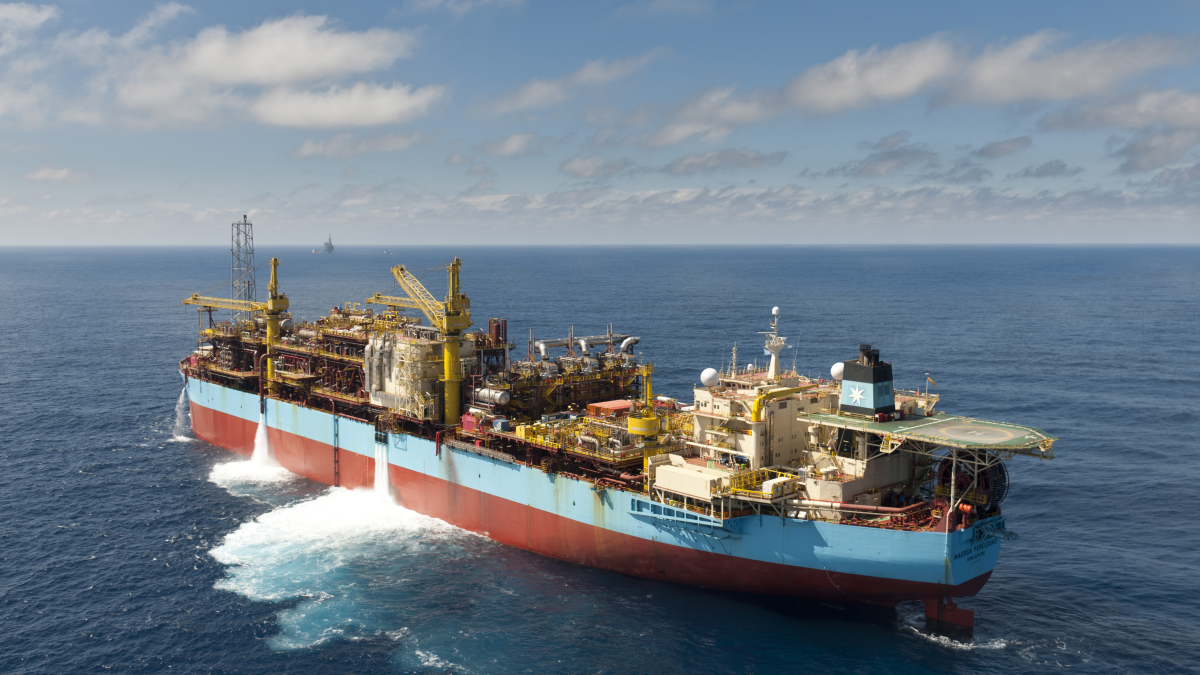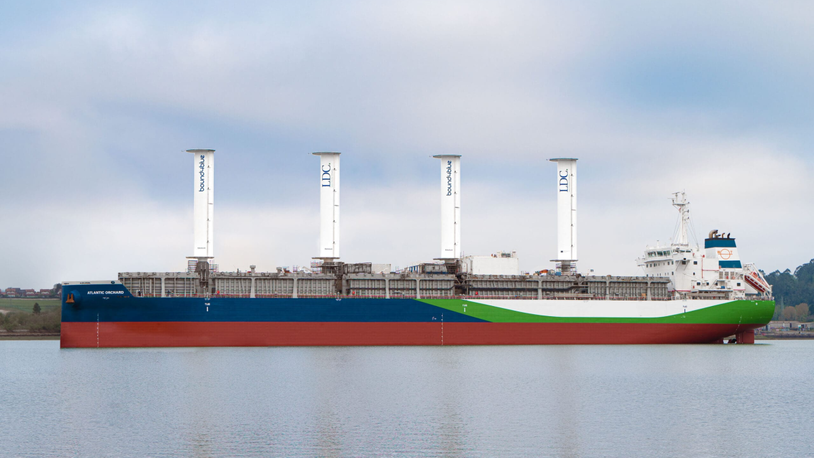Business Sectors
Contents
Register to read more articles.
LNG fleet growth outpaces LNG production surge
New liquefaction projects and rapid LNG carrier deliveries could reshape global demand patterns, affecting freight rates and LNG trade flexibility this winter
Global liquefied natural gas (LNG) production is set to continue its upward trajectory into the winter of 2024-25, driven by new liquefaction capacity in the Atlantic basin.
This increase in production is accompanied by a surge in the delivery of new LNG carriers, adding complexity to the supply-demand equation in global LNG shipping, according to the Argus Global LNG 2024 Preview.
According to estimates, global LNG production could rise by 5.3M tonnes between October 2024 and March 2025 compared with the previous year, with much of this increase stemming from new liquefaction terminals in the US Gulf Coast, such as Plaquemines LNG and Corpus Christi Stage 3.
These new projects are expected to lift supply, particularly during the latter half of the winter.
However, this expansion in production is taking place alongside a surge in the LNG carrier fleet, which could dampen any upward pressure on freight rates.
The Argus Global LNG 2024 Preview report from Argus Media projects that 44 new LNG carriers will be delivered between Q4 2024 and Q1 2025, far exceeding the number delivered during the same period a year earlier.
This rapid fleet expansion, combined with minimal scrappage of older vessels, suggests that shipping capacity may outpace production increases.
As a result, “The global fleet of LNG carriers continues to expand more rapidly than liquefaction capacity, keeping freight rates in check.”
The implications of this fleet growth are twofold. First, the availability of more vessels may facilitate greater flexibility in global LNG trade, allowing producers and buyers to respond more efficiently to fluctuating demand across regions. For example, Europe, which enters its third winter with high gas storage levels, could still see increased LNG imports if colder weather triggers higher residential demand.
Second, the growing competition for marginal spot cargoes between European and Asian buyers may emerge, particularly if the Atlantic and Pacific basins experience simultaneous demand spikes.
Coupled with the sheer number of new vessels entering service, this could lead to a softening of freight rates, which may reduce profitability for shipping companies.
While the rise in global LNG production will drive increased shipping activity, the oversupply of LNG carriers may outweigh this demand, especially during the first half of the winter when fewer loadings are expected.
"The peak freight demand period this winter could shift to the second half of winter from its traditional place in the first half," the report notes.
This delay in demand could be attributed to factors such as minimal floating storage and the gradual ramp-up of new liquefaction capacity.
The anticipated production growth and fleet expansion are also likely to affect the inter-basin flows of LNG.
With the Atlantic basin accounting for a large portion of the new supply, the ability to move LNG between regions will depend on freight rates and the availability of vessels.
While European buyers have built up record stock levels, they may be reluctant to withdraw heavily from storage, particularly in central and eastern Europe, where the cessation of Russian gas flows through Ukraine could exacerbate supply concerns.
This may drive demand for additional LNG imports, increasing competition with Asian markets that are also expected to see a rise in demand, particularly from China and South Korea.
Ultimately, the interaction between rising production, expanding fleet size, and fluctuating regional demand will create a delicate balance in the LNG shipping market.
While the growth in carrier deliveries may keep freight rates from spiking, the interplay between supply and demand across the Atlantic and Pacific basins could still result in localised price and shipping volatility.
As the report highlights, "Even if all of these additional loadings required a round trip delivery of 2-3 months, the fleet additions ahead of winter… would be more than enough to absorb this increase in freight demand."
Is LNG shipping on the cusp of a new phase of expansion? Find out more now at the LNG Shipping & Terminals conference.
Related to this Story
Events
International Bulk Shipping Conference 2025
Tankers 2030 Conference
Maritime Navigation Innovation Webinar Week
© 2024 Riviera Maritime Media Ltd.














